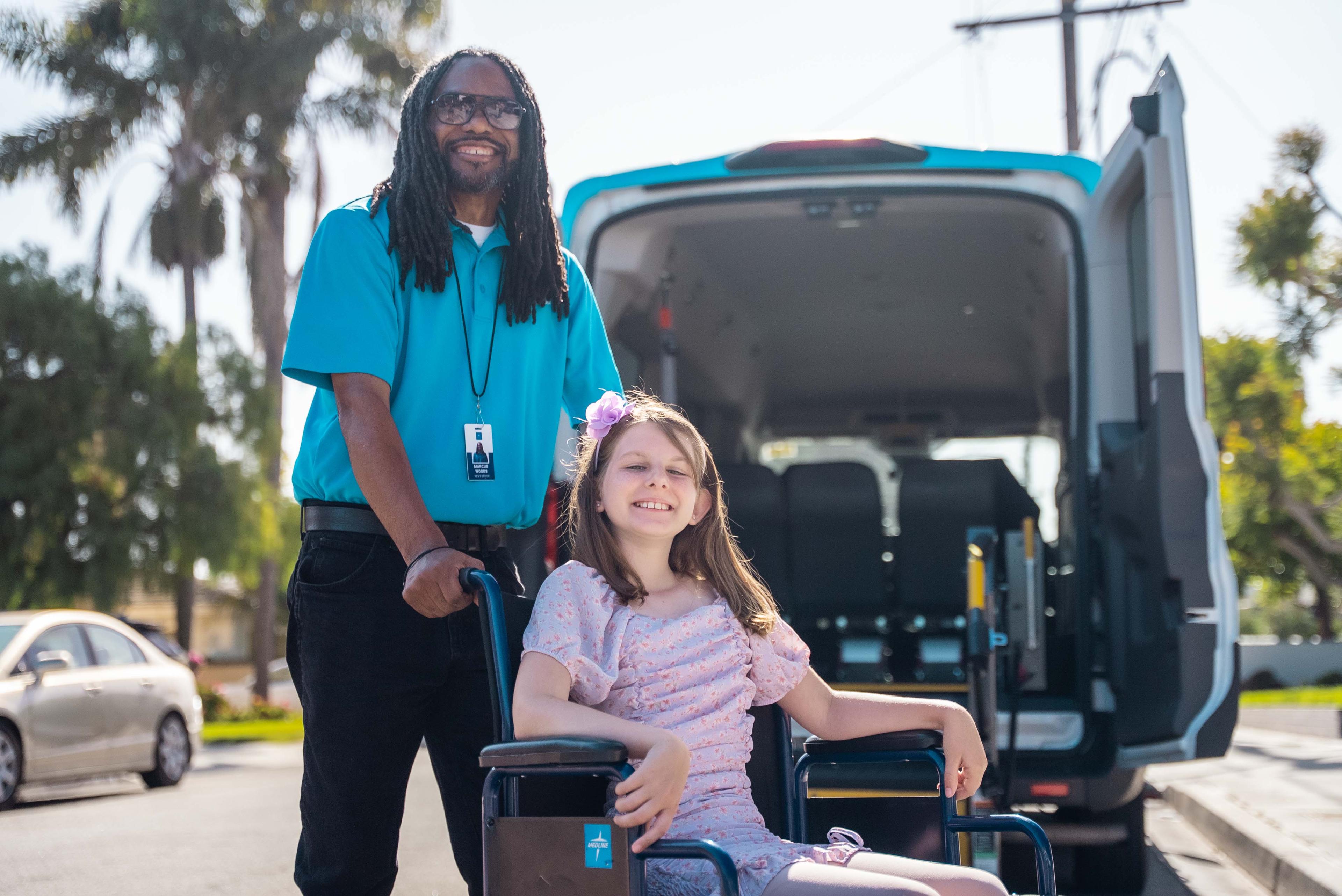UCLA reports on HopSkipDrive's impact on educational equity
HopSkipDrive had the opportunity to work with Sam Speroni and the University of California, Los Angeles Institute of Transportation Studies to report on the positive impact of HopSkipDrive on educational equity.
The report used HopSkipDrive ride data for 2018–2019 academic school year morning trips to high school in Los Angeles County, breaking them up between those in which HopSkipDrive contracts with a district or county to enable federally mandated transportation for youth in foster care or experiencing homelessness — and trips arranged for consumers.
During the 2018-2019 school year, HopSkipDrive arranged 32,796 high school trips through its alternative transportation solution — 19,144 of which were for foster youth.
Report metrics
This report analyzed the following metrics:
Trip origination neighborhood traits: Speroni looked at the median household income, percent of the neighborhood population that identifies as people of color, percentage of the population without a diploma and the ratio of public high school students.
Comparison to general school commutes: He determined school commute times for students from vulnerable populations versus their peers. Speroni’s study on school travel analyzed five modes of transportation: bicycle, private vehicle, school bus, transit and walking.
Comparison to simulated versions of public transportation routes: Federally mandated transportation services often go to public transportation first because of its cost-efficiency. This report modeled the feasibility of public transportation routes in Los Angeles, as well as the time public transportation students would have to spend on the bus or metro.
Key takeaways
1. HopSkipDrive-enabled contract school trips are likely to begin in neighborhoods that have lower household incomes and higher percentages of people of color.
In the average Los Angeles County neighborhood, 51% of the population identifies as non-white, while the average among neighborhoods where HopSkipDrive-enabled trips originate is 85%.
2. HopSkipDrive offers a viable, flexible solution that enables a much shorter commute time.
Only 65% of HopSkipDrive-enabled contract trips to school were feasible on transit in 90 minutes or less. This means 35% of trips arranged by HopSkipDrive could NOT be taken on public transit.
The trips that were feasible on public transit averaged 56 minutes.
With HopSkipDrive arranging transportation, that same commute would take 26 minutes.
HopSkipDrive gives the average student an extra hour a day that students who must take public transit spend on the road. This valuable time could be spent instead in class, getting extra help, participating in after-school activities, getting a healthy amount of sleep or even unwinding.
3. Trips on public transportation are 3x the average commute time for the state of California.
Vulnerable populations such as foster youth would have to spend three times the amount of time on the road as the average of their peers.
With HopSkipDrive enabling transportation, vulnerable youth spend less time on the road, bringing them closer to their peers’ commute times, allowing them more time in class/activities, and enabling them to attend the school that is best for them.
Conclusion
Speroni concluded: HopSkipDrive partnerships are vital for vulnerable students, and more school districts should adopt them. HopSkipDrive contracts help to close the gap in California’s lack of general education transportation service and provide a more equitable solution that opens better educational opportunities for vulnerable youth.
Learn more: Check out Sam Speroni’s Transportation Trailblazers video interview!
Read the full report.


